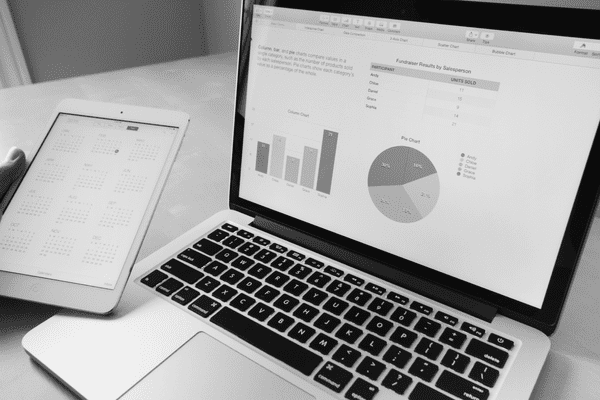Budget planning is a critical aspect of project management, and in the context of agile projects, it requires a unique approach. Agile methodologies emphasize flexibility, adaptability, and collaboration, which necessitate a budgeting process that aligns with these principles. These are the five key considerations and best practices for planning a budget for an agile project, enabling organizations to embrace agility while maintaining financial control and transparency.
-
Embrace Agile Budgeting Principles
Agile budgeting requires a shift in mindset from rigid, upfront planning to a more iterative and adaptable approach. Embrace the principles of agile budgeting, such as prioritizing value, incremental funding, and regular budget reviews. This mindset enables the project team to align budget allocations with evolving priorities and respond effectively to changing market dynamics.
Example: Instead of allocating the entire budget upfront, an agile project may adopt an incremental funding approach. For instance, at the start of each sprint or iteration, the team assesses the project’s progress, evaluates upcoming priorities, and determines the funding required for the next phase based on value delivered.
-
Collaborative Prioritization and Value-driven Budgeting
In agile projects, collaboration is key to effective budget planning. Engage stakeholders, product owners, and development teams in collaborative discussions to prioritize features and deliverables based on their value to the business and customers.
Example: Conduct a budget planning workshop where stakeholders and the development team collectively prioritize user stories and features based on their anticipated value. By involving key stakeholders in the decision-making process, the budget can be allocated to deliver high-value items first, maximizing return on investment.
-
Iterative Budget Reviews and Adaptability
In an agile environment, regular budget reviews are essential to monitor spending, evaluate progress, and make informed adjustments as needed. Embrace a culture of transparency and openness, where budget reviews are conducted regularly and stakeholders are kept informed of financial status.
Example: Conduct bi-weekly or monthly budget review meetings to assess the project’s financial health and discuss any deviations from the initial plan. These reviews allow the team to identify potential budget constraints, explore alternative approaches, and make necessary adjustments to keep the project on track.
-
Continuous Cost Tracking and Forecasting
To ensure transparency and control, implement robust cost tracking mechanisms that provide real-time visibility into project expenditures. Regularly monitor and compare actual costs against the budget to identify potential cost overruns or savings opportunities.
Example: Utilize project management tools or dedicated cost tracking software to monitor expenses and track budget utilization. This enables the team to proactively address any budget variances, make data-driven decisions, and provide accurate forecasts for stakeholders and financial teams.
-
Flexibility for Scope Changes and Trade-offs
Agile projects often experience scope changes and evolving requirements. Budget planning should allow for flexibility to accommodate these changes while ensuring financial discipline. Embrace the concept of trade-offs and empower the team to make informed decisions when adjusting the scope or reallocating budget resources.
Example: When faced with new requirements or changes in project scope, collaborate with stakeholders to evaluate the impact on budget and timeline. This involves assessing the trade-offs between budget allocation, resource availability, and the desired project outcomes, allowing for informed decisions on adjusting the budget or reprioritizing features.
Planning a budget for an agile project requires a flexible and transparent approach that aligns with the iterative nature of agile methodologies. By embracing agile budgeting principles, fostering collaborative prioritization, conducting regular budget reviews, tracking costs, and allowing for flexibility in scope changes, organizations can effectively manage their project finances. This approach empowers teams to adapt to changing circumstances, deliver value incrementally, and maintain financial control throughout the agile project lifecycle.


